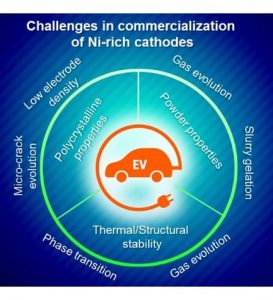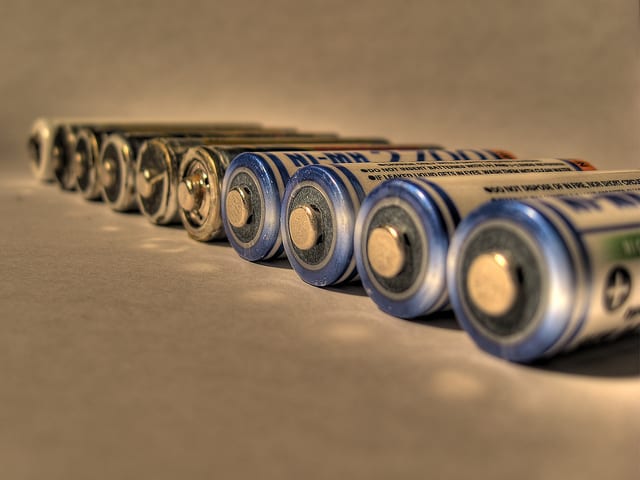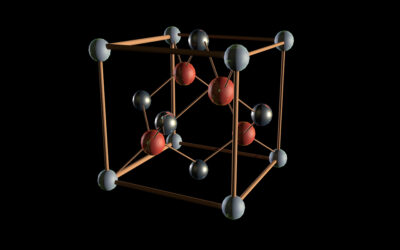Significant research efforts focus on increasing the capacity, safety, and useful lifetime of lithium–ion batteries. The search is on for new materials which could help us to achieve these goals, whether they be used as new electrolyte additives, anodes, or cathodes.
A plethora of new battery systems – a healthy percentage of which has graced my happy desk – is being explored, leading to nickel becoming a star protagonist. Layered nickel cathodes boast a low cost, promising rate capability, good reversible capacity and, when the nickel content is above 80%, a high gravimetric energy density.
 In a timely assessment of the commercial potential of reported nickel-rich cathode materials, authors Minjoon Park, Jaephil Cho and their co-workers at UNIST, Korea, provide a systematic investigation of the parameters affecting the efficiency, safety and stability of batteries incorporating such cathodes, from the perspective of the industrial conditions encountered during their fabrication.
In a timely assessment of the commercial potential of reported nickel-rich cathode materials, authors Minjoon Park, Jaephil Cho and their co-workers at UNIST, Korea, provide a systematic investigation of the parameters affecting the efficiency, safety and stability of batteries incorporating such cathodes, from the perspective of the industrial conditions encountered during their fabrication.
Parameters critical to the use of nickel-rich cathodes in lithium–ion battery systems are dissected, allowing more informed practical decisions regarding the industrial uptake of different materials and practices.
Recently reported advances in the electrochemical stability of nickel-rich cathode battery systems are also explored.
This review provides insight into potential stability issues, looking at the situation of powders from residual lithium compounds which react sponaneously in air, and which may require additional treatments (washing processes) during battery production to avoid this problem. As these processes increase the production cost and complexity, it is important to note that their necessity may depend on the percentage of nickel present in the cathode. Further details on this and other issues can be found in the review.
![]()
This review was published as part of the Excellence in Energy series for Advanced Energy Materials. It will be freely available to all for a limited time. To find out more, visit the Excellence in Energy virtual issue, which now contains 19 top-quality, invited-only review papers covering different fields of energy research.
Featured Image Credit: Razor512 via Flickr.com, CC-BY 2.0

















